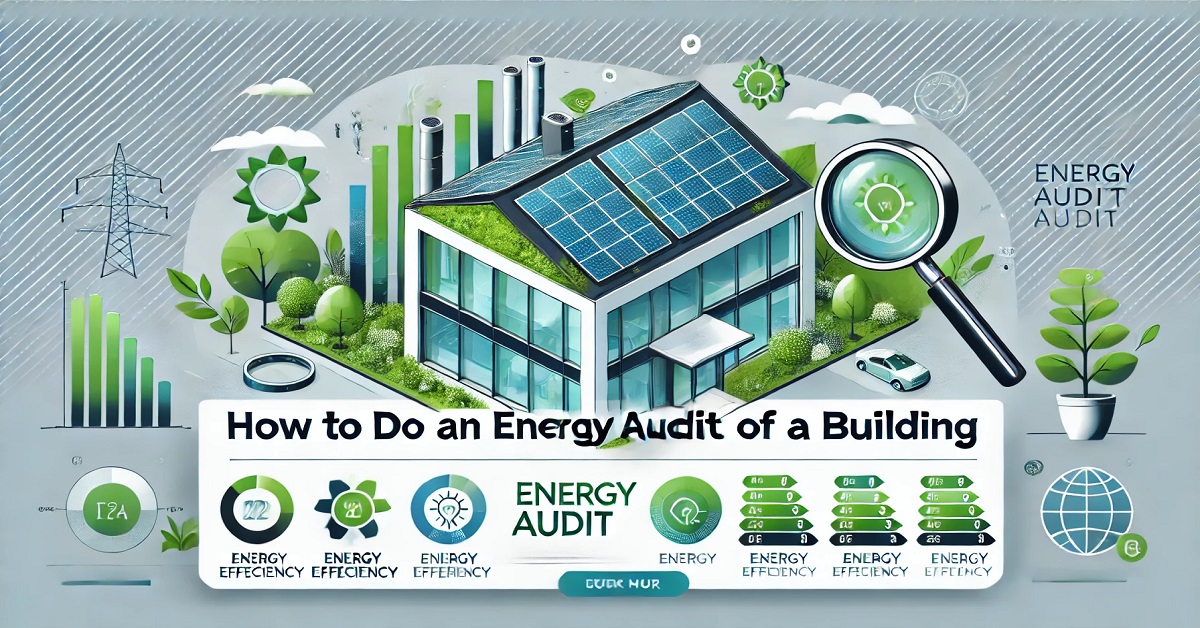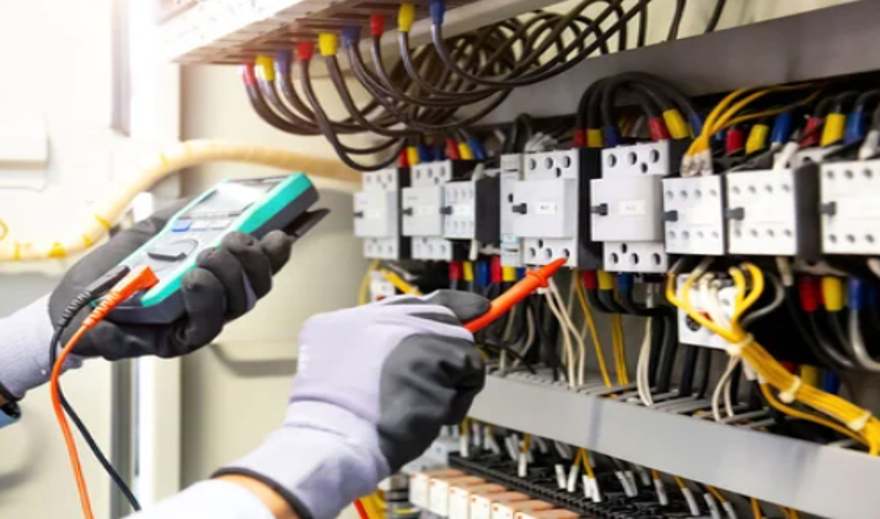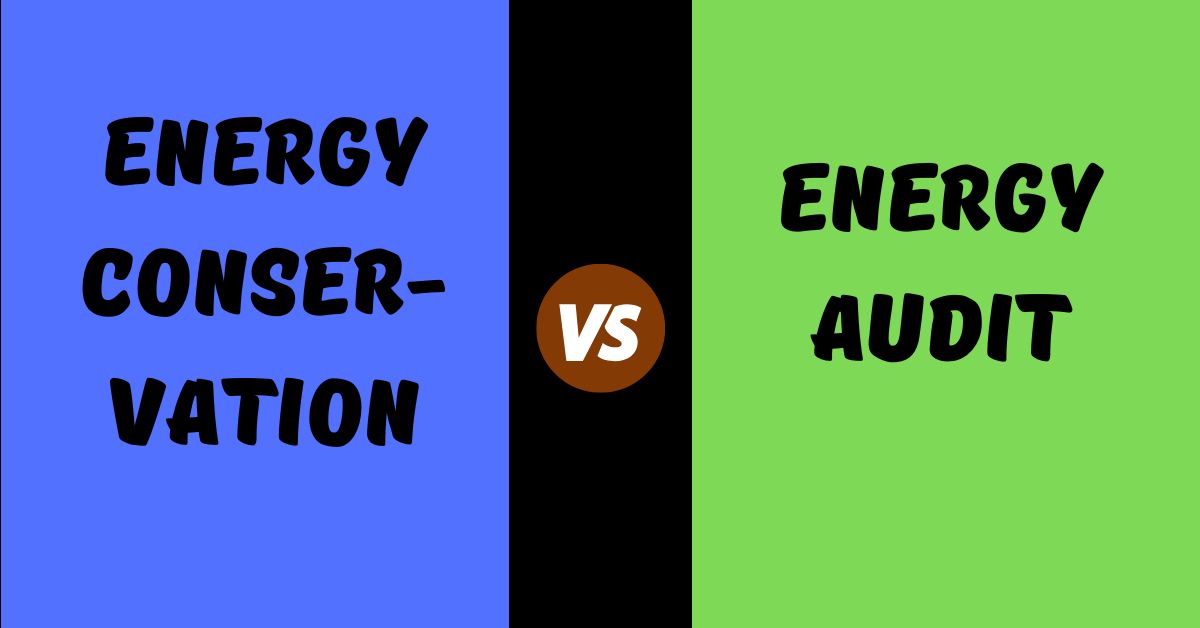
An energy audit is an organized process used to assess any building’s energy consumption and related costs. It identifies the possible energy efficiency areas where improvement would reduce energy costs while minimizing environmental effects. Carrying out an energy audit means assessing the energy use of the building, identifying the inefficiencies, and recommending corrective actions. This guide will lead you step-by-step in conducting a detailed energy audit for a building.
Step 1: Define the Scope and Objectives
While planning an energy audit, the objectives and scope are to be defined clearly. The audit could be for the identification of opportunities for savings, but may also serve other purposes, such as to comply with an organization guideline for energy or carbon footprint reduction. Will the audit therefore address all energy systems on a global basis, or will it be selective, e.g., examining only lighting systems or HVAC?
Step 2: Gather and Analyze Energy Data
Collect utility bills and energy consumption data from at least the past 12 months. This helps establish baseline energy usage and identify trends. Key information to collect includes:
- Electricity and gas consumption records
- Peak demand charges
- Equipment operating schedules
- Occupancy patterns
Using this data, calculate the building’s Energy Use Intensity (EUI), which helps compare efficiency with similar buildings.
Step 3: Conduct a Site Inspection
A physical walkthrough of the building helps identify energy inefficiencies. Key areas to inspect include:
- Lighting Systems: Assess the type of lighting, efficiency, and usage patterns.
- HVAC Systems: Check the age, maintenance history, and efficiency of heating, ventilation, and air conditioning units.
- Building Envelope: Inspect windows, doors, insulation, and potential air leaks.
- Electrical Equipment: Evaluate the efficiency and necessity of computers, refrigerators, motors, and other equipment.
- Water Heating Systems: Determine efficiency levels and potential for energy savings.
Step 4: Identify Energy-Saving Opportunities
Based on observations, list possible energy-saving measures. Common recommendations include:
- Lighting Upgrades: Replace incandescent bulbs with LEDs.
- HVAC Optimization: Upgrade to energy-efficient models and implement smart thermostats.
- Building Insulation Improvements: Seal air leaks and add insulation where necessary.
- Renewable Energy Integration: Install solar panels or other renewable sources.
- Behavioral Changes: Encourage energy-saving habits among occupants, such as turning off lights when not in use.
Step 5: Perform Cost-Benefit Analysis
Estimate the costs and potential savings for each recommended measure. Consider factors such as:
- Initial investment
- Payback period
- Expected energy savings
- Incentives and rebates available for energy-efficient upgrades
This analysis helps prioritize actions that offer the highest return on investment.
Step 6: Implement Energy Efficiency Measures
With priority measures identified, an implementation plan will be developed. This plan assigns responsibilities, sets a timeline, and establishes a progress-tracking system. Some of the adjustments will require professional installation, while others, such as adjusting thermostat settings, can be done at once.
Step 7: Monitor and Maintain Energy Performance
Energy audits ought not to be a one-shot affair. Rather, energy consumption should be consistently tracked and the measures applied assessed for effectiveness. Monitor real-time usage via energy management systems and smart metering. Regular maintenance of HVAC, lighting, and insulation systems guarantees sustained energy savings.
Conclusion
Energy audit creates an opportunity to enhance the energy efficiency of the building, reduce cost, and diminish environment impacts. By applying the steps, building owners and facility managers will be able to identify opportunities for energy savings and formulate a sustainable energy management strategy. Regular audits ensure that the building will remain energy efficient over time.
continue reading
Related Posts
Energy management plays an integrated role in sustainable energy and […]
An energy audit is a structured methodology that analyzes the […]
An energy audit is a systematic process of assessing how […]



